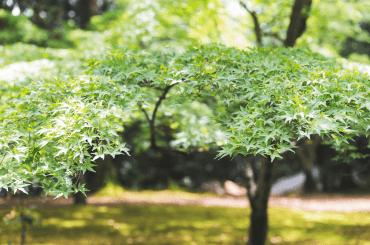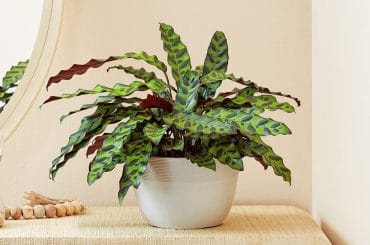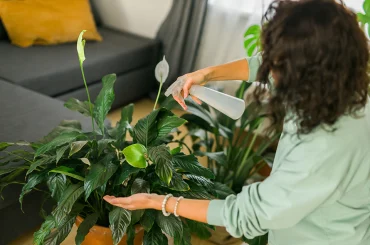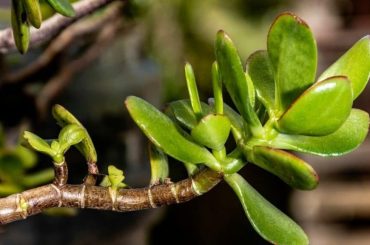Venus Fly Trap Care

Introduction
Celebrated for its amazing ability to catch insects, the Venus Fly Trap (Dionaea muscipula) is a wonderful plant. Named partly after Venus, the goddess of beauty, this carnivorous plant has captivated both experts and laymen since its discovery. Marveling at its special adaption, Charles Darwin himself called it among the most amazing plants on Earth
Growing and tending to a Venus Fly Trap may be enjoyable as well as difficult. It needs particular treatment grounded in a few basic guidelines if it is to flourish. Enough sunlight is quite vital; daily ideal is at least four hours of direct sunshine. Housed in a container with great drainage to replicate its natural wetlands environment, the plant thrives in nutrient- low soil such peat or sphagnum moss.
Venus fly traps go dormant in their native habitat, a time crucial for their long-term survival in the winter. They depend on insects releasing specific hairs that set off the trap to shut quickly and capture prey with overlapping teeth. This system guarantees the plant’s existence and supplies it with required nutrients from the broken down prey, which it consumes as healthy soup.
Being a carnivorous plant, the Venus fly trap shows evolutionary capacity by attracting and catching insects. Knowing these special qualities and offering the correct treatment guarantees that aficionados may raise healthy specimens of this amazing botanical wonder.
Light for Venus Fly Traps

Venus flytraps flourish only in full sun. To become robust and healthy, they need at least four to six hours of direct sunshine every day. For best exposure, if grown indoors, set them on a clear ledge facing south in the US or UK. If natural sunshine is restricted, grow lights or fluorescents such T5 can also offer enough artificial lighting. Venus flytraps value a controlled atmosphere with more humidity, so terrariums and conservatories can also be beneficial. Make sure they still get enough light during winter to help with their dormancy phase.
Growing Locations For Venus Fly Trap Care
Venus flytraps normally thrive in acidic, nutrient-starved bogs. Their development depends on their being recreated under these conditions. Traditional compost can be replaced with peat-free or ericaceous compost, which offers the required environment devoid of nutrients that can damage these carnivorous plants. They may be taken outside in summer, but in fall it is best to bring them back within before winter arrives to shield them from strong winds.
Watering
Venus flytraps grown successfully mostly rely on water quality and intentional watering methods. These carnivorous plants thrive on pure water, that is, distilled, filtered, or rainwater. Usually filled with minerals and high mineral content, tap water may over time harm them due to its total dissolved solids (TDS) stated in parts per million (ppm).
One must avoid water that can cause mineral accumulation in the soil, therefore compromising the condition of the plant.
Venus flytraps want their soil to be regularly moist but not dripping wet or just damp in order to guarantee enough hydration. One often used technique is to briefly submerge the pot in a tray filled with water so that the roots may absorb moisture. On the other hand, watering from the top guarantees that the ground is equally moist. They thrive from standing in shallow water throughout the growth season; in winter, when their demands lessen, the soil should be merely moist.
Venus flytraps’ health seems best maintained by either using distilled water or laying a pot in a tray of rain water. This method guarantees the plants get the clear water they need to flourish and reduces the chance of mineral pollution. Anyone wishing to effectively grow these amazing carnivorous plants must first understand their watering requirements.
Soil

Starting to grow Venus flytraps successfully begins with selecting the correct soil. Fertilizer free peat moss combined with perlite or horticultural grade silica sand is perfect as these plants flourish in nutrient-starved conditions. I have also discovered great benefit from New Zealand long-fiber sphagnum moss, another great choice for your own growing. Strong flytraps need on good aeration, which this media guarantees and fosters good root development.
Temperature and Dormancy
For Venus flytraps, knowing temperatures and dormancy is absolutely essential. These warm-temperate plants enter dormancy correctly only from cold winters. This phase is started with nighttime temperatures falling into the 50s to 60s Fahrenheit. Providing the correct winter conditions—such mulching outside or mimicking a cold period in a refrigerator—ensures they remain healthy. Ignoring their dormancy phase could cause long-term damage, which emphasizes the need of simulating their natural light cycles and lower temperatures.
FAQs
How hard is it to keep a Venus flytrap alive?
This also means it is a little different from how you should look after most houseplants when it comes to care of Venus fly sausage eating plants, but not too difficult!
What is a Venus flytraps habitat?
The Venus flytrap inhabits unique longleaf pine ecotype areas in the Coastal Plain and Sandhills of both North Carolina and South Carolina.
What are fun facts about a Venus Fly Trap Care?
5 Facts You Probably Didn’t Know About Venus Flytraps
- It is endemic to just North and South Carolina….
- The Venus flytrap is the sole member of its genus….
- False alarms are not a waste of energy for them….
- Pollinators are seldom caught….
- Their main enemy is the destruction of their habitats.
Can you give a Venus flytrap a dead fly?
There are no, you cannot feed a Venus Fly Trap dead bugs.





